8 books that will change your life in 2017
'Emotional Agility' by Susan David

'Peak' by Anders Ericsson and Robert Pool
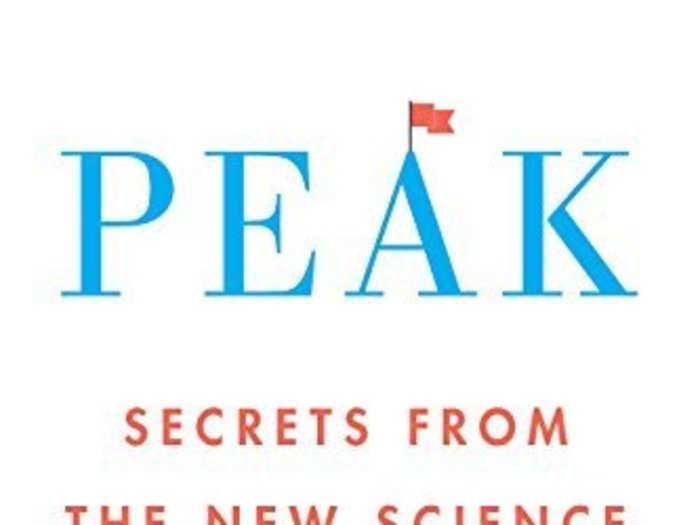
In "Peak," Ericsson, a psychologist at Florida State University, lays out decades of scientific and anecdotal evidence for the idea that there is only one path to becoming the best in any field.
That path is what Ericsson and his colleagues call "deliberate practice": working with a teacher who helps you step outside your comfort zone and try activities beyond your current abilities.
The really controversial part of Ericsson's argument is that talent and genetic factors are more or less irrelevant to your progress. Some psychologists disagree.
Perhaps the most intriguing part of "Peak" is Ericsson's assertion that practice isn't supposed to be enjoyable. If you're having fun, you're not doing it right. The point is to fail, and get frustrated, and then, get back up again anyway.
'I Know How She Does It' by Laura Vanderkam
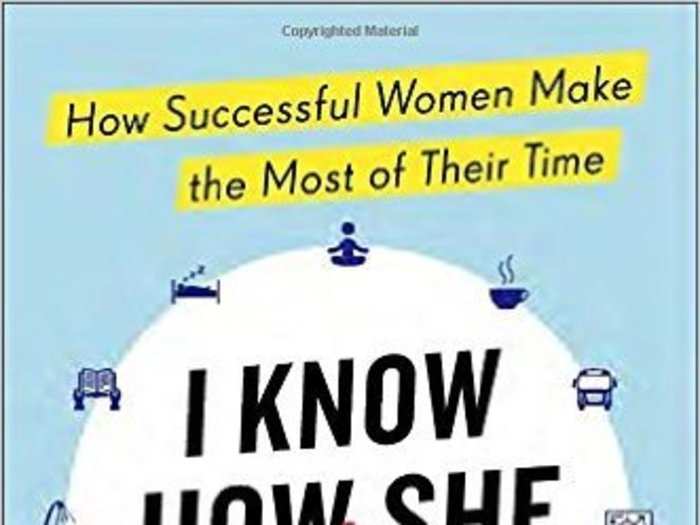
Vanderkam is a prolific writer, and "I Know How She Does It" is her most recent investigation into the best ways to manage your time and craft a meaningful life.
In what she calls the "Mosaic Project," Vanderkam reviewed the time logs of dozens of high-earning women and looked for patterns in how they spent their days. In the book, she distills those patterns into practical lessons for readers of any gender or income level.
One lesson: Be realistic about how much you're working — it's probably less than you think. (Keeping a time log can help with that.) Another lesson: Working on the weekends can make you more productive and more relaxed, because you'll have more time during the week to spend with your family.
The overarching theme is that you do have time for the things and people you love — you just have to work at it, and sometimes get creative.
'The Gratitude Diaries' by Janice Kaplan
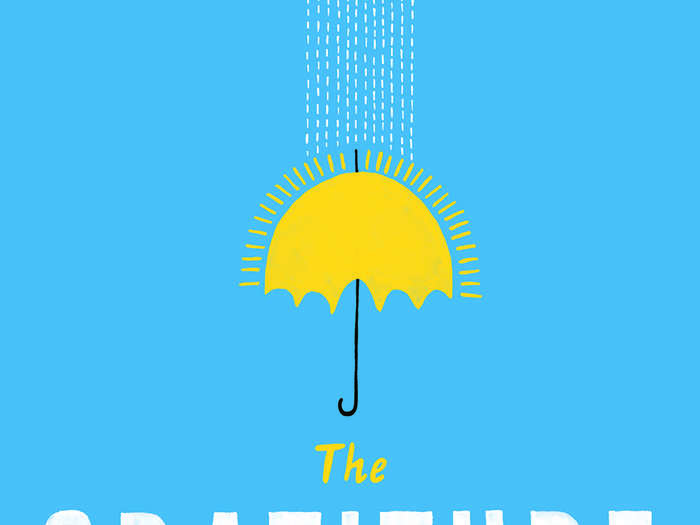
Janice Kaplan, the former editor of Parade magazine, spent a year trying to implement gratitude in all areas of her life, from her marriage, to her career, to her health.
The result, "The Gratitude Diaries," is a breezy account of how simply being thankful — and noticing that she had things to be thankful for — made her a happier person.
In one scene, Kaplan recalls being thankful for her husband, a doctor who was rushing off in the middle of the night to tend to a patient. Typically, Kaplan writes, she'd be frustrated and angry that her husband was leaving at that hour. But during her gratitude experiment, she pushed herself to find the reason to be grateful.
So she told him:
"I was just thinking about how lucky your patient is to have you. She must feel so much better knowing you're on the way. The world needs more doctors like you. Thank you for being so special."
These remarks are especially meaningful given that Kaplan reports the results of a 2,000-plus-person survey she helped conduct, which found that 98% of respondents said they would express gratitude to a server in a nice restaurant. But just 48% of women said they regularly thanked their husbands.
'Year of Yes' by Shonda Rhimes
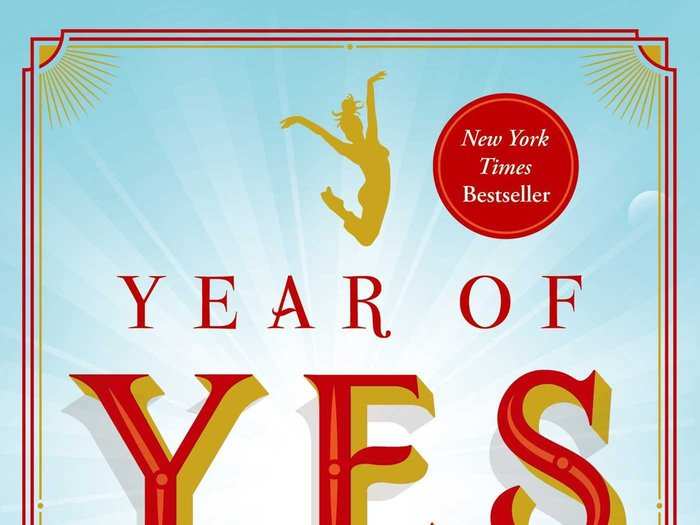
If you don't know Shonda Rhimes by name, you've definitely seen one of the hit series she wrote: "Grey's Anatomy," "Scandal," and "How to Get Away With Murder."
In "Year of Yes," Rhimes recounts the year she spent saying "yes" to absolutely everything. It started when Rhimes realized she was unhappy, unhealthy, overworked, and not living her life to the fullest.
The experiment took her on a bunch of adventures, including giving a commencement speech at her alma mater, Dartmouth College; losing about 100 pounds; and making time to play with her daughters.
It's an inspiring read — you don't need fame or money to try something similar. You just need the confidence that you can change your own life for the better.
'How to Stop Worrying and Start Living' by Dale Carnegie
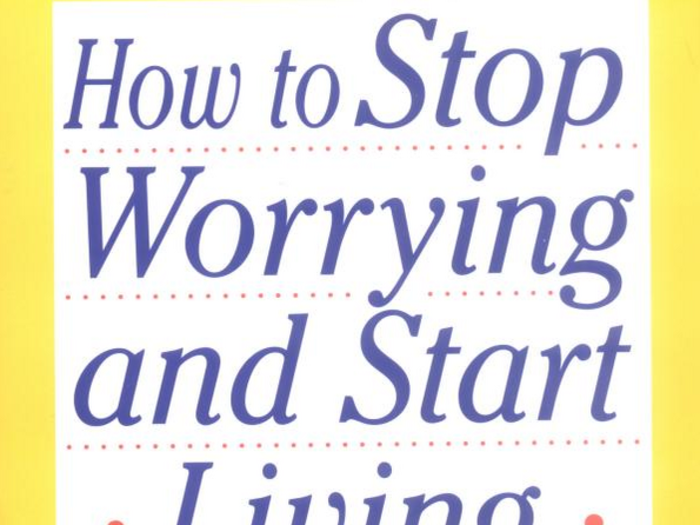
"How to Stop Worrying and Start Living," first published in 1948, is a follow-up to Carnegie's 1936 bestseller, "How to Win Friends and Influence People."
The book grew out of Carnegie's experiences teaching adult education courses at the YMCA in New York City. Nearly all his students struggled with some kind of worry, and Carnegie set out to compile the tips they had used to conquer their anxiety.
The tips are still as relevant as ever. For example, when you're fretting about a problem at work, generate potential solutions before you approach your boss. You may find one that works and eliminate the need to approach your boss entirely.
You can also place "stop-loss orders" on your worries. Carnegie once wanted to be a novelist, but after two years of toiling away without much success, he decided to cut his losses and go back to teaching and nonfiction writing. Apparently, it worked out.
'Happier' by Tal Ben-Shahar
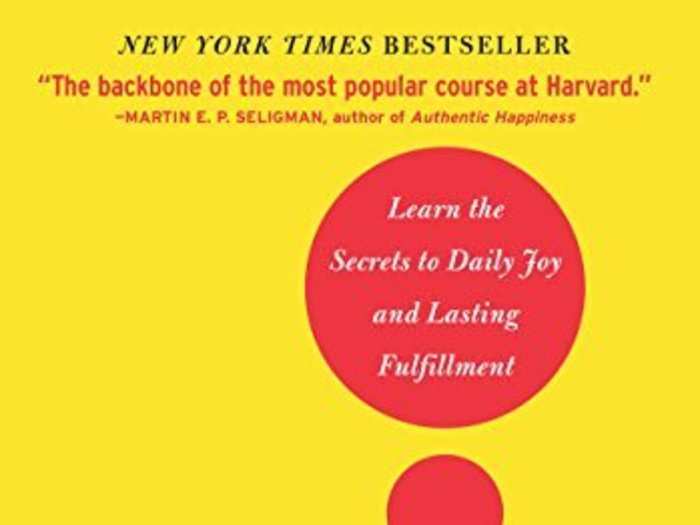
"Happier" grew out of Tal Ben-Shahar's Harvard course on positive psychology — the most popular course at the university a decade ago.
In the book, Ben-Shahar combines research, stories from his own life, and philosophical wisdom to teach readers how to cultivate happiness in their own day-to-day lives.
He offers an easy-to-understand model of human happiness: You can be happy in the present moment but not the future, happy in the future but not in the present moment, happy in neither the present nor the future, or happy in both the present and the future. Obviously, you'll want to aim for the last scenario, and Ben-Shahar explains exactly how to do that.
The tips are practical — for example, Ben-Shahar doesn't advocate that you quit a job you hate if it's your only source of income. But he does recommend that you find "happiness boosters," which are little experiences, whether exercise or spending time with friends, that make your current life more pleasurable.
'The Power of When' by Michael Breus
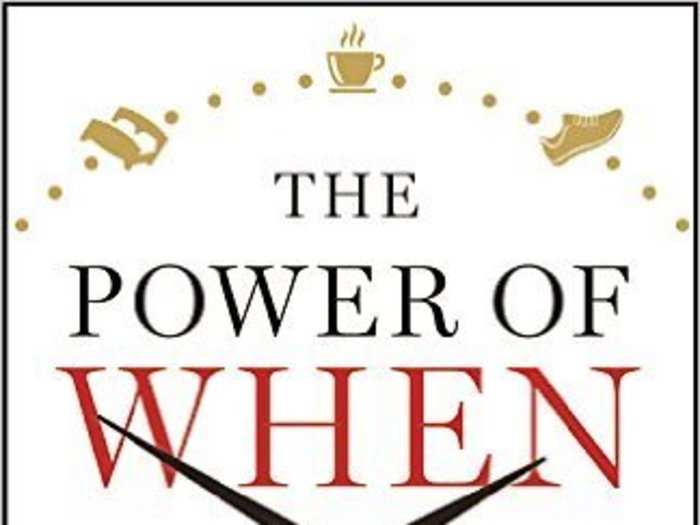
In "The Power of When," psychologist and sleep specialist Michael Breus turns the science of chronotypes into practical, easy-to-understand language.
Your chronotype is your tendency to be a morning person, an evening person, or somewhere in between. It affects when you're tired, when you're hungry, and when you do your best work.
According to Breus, there are four chronotypes, each one represented by a different animal. Most people are bears, and their body clock generally tracks the rise and fall of the sun. Others are dolphins, who are frequently diagnosed as insomniacs. Others are wolves, or night people. And still others are lions, or morning people.
Breus lays out the ideal daily schedules for all four animals, and guides readers in making the appropriate changes to their daily routine so that they feel more energized.
Popular Right Now
Popular Keywords
Advertisement